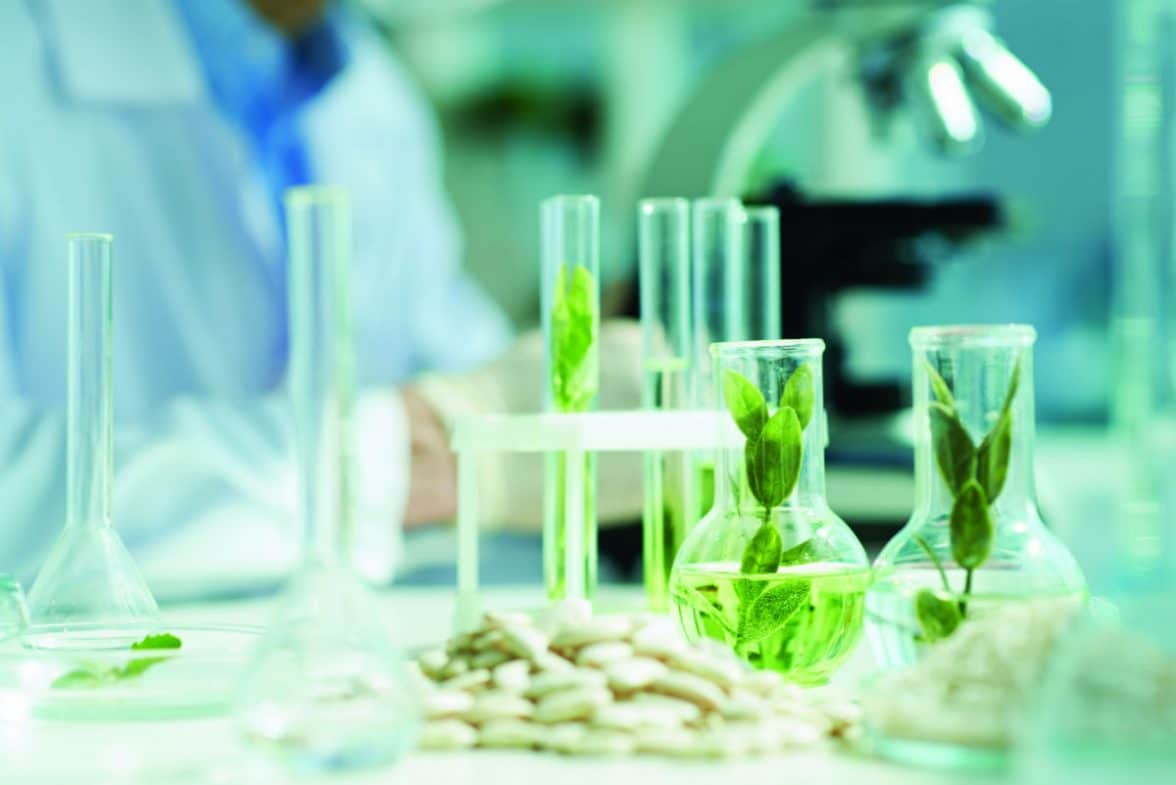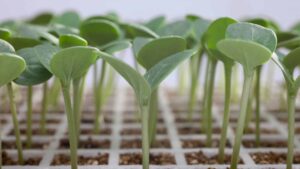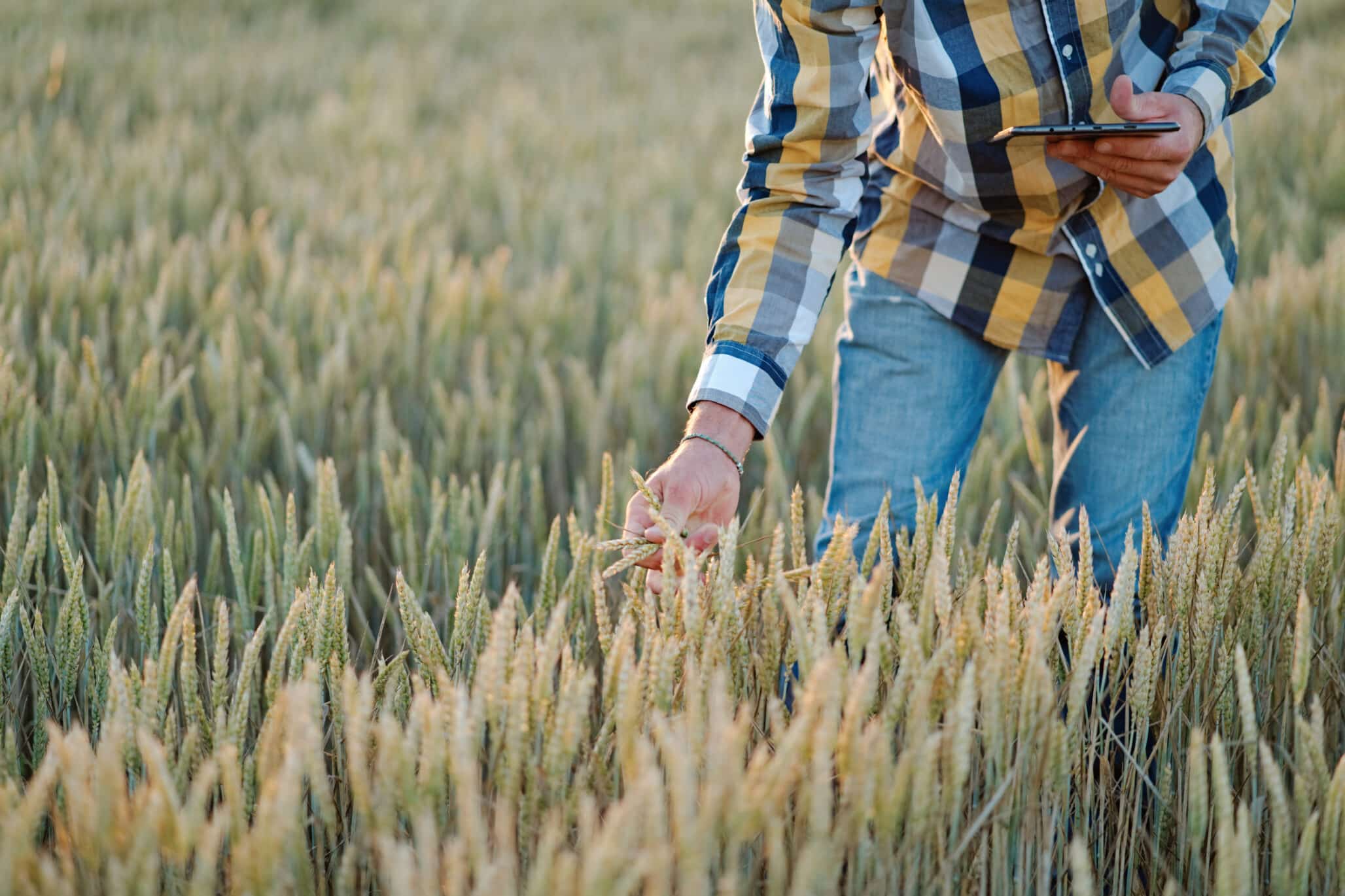More harmonised phytosanitary regulations are poised to offer a prescription to trade woes.
For those who missed it, there is a very interesting ongoing development in the regulatory field, which will have major consequences toward improving not only the lives of those in the European seed industry, but the global seed trade. For the past couple of years, the seed industry has been working to improve the cumbersome phytosanitary regulations, and the place to do so is at the International Plant Protection Convention, commonly known as IPPC.
The IPPC is a Convention that has been signed by most governments and provides the framework for regulating the international trade of plants and plant materials, explains Gerard Meijerink, senior government relations advocate for Syngenta in Brussels.
This Convention provides guidance to governments, outlining how to set up phytosanitary inspection bodies, perform pest risk analysis and determine if pests warrant regulation. Most importantly, the Convention explains how to define phytosanitary measures that prevent entry of unwanted regulated pests without being too restrictive to trade.
The Convention is a framework where countries agree to the overall aim of preventing the spread of plant pests, and more detailed guidance is provided in the International Standards for Phytosanitary Measures, or ISPMs. Most ISPMs cover aspects of phytosanitary concepts, which have ‘horizontal’ validity for any type of plant or plant material, such as seeds, fruits, living plants, vegetables and grain. However, in the past, there has not been an ISPM specific to seed, which leaves a great deal open to interpretation and can create confusion in the seed trade — one of the many reasons the international seed industry has been pushing the IPPC to adopt seed-specific ISPMs.
These new ISPMs will affect the activities of each and every seed company seeking to trade or move seed around the world.
Why is This Significant?
Seed companies are increasingly moving varying quantities of seed around the world for numerous reasons, such as breeding, seed production, laboratory testing, trialling and commercial production. So business is often affected by overly complex and unreasonable regulations.
“The seed industry, through the International Seed Federation, has been lobbying for many years for a phytosanitary standard which would better take into account the specifics of seed for planting,” Meijerink says.
“The seed industry, through the International Seed Federation, has been lobbying for many years for a phytosanitary standard which would better take into account the specifics of seed for planting,”
Julie Aliaga, director of the international standards program at the United States’ Animal and Plant Health Inspection Service and steward of the newly proposed ISPMs, mentions the troubles that the seed industry was having. “The seed industry with its international trade is very specific and also very complex in nature, due to the fact that seeds can be stored for a long time before being (re-)exported,” she says. “This can cause problems in those cases where a phytosanitary declaration is needed based on recent evidence.”
Brent Larson, standards officer at the IPPC Secretariat, adds that the new ISPM should help harmonise phytosanitary regulations among countries. “After adoption of this ISPM, the National Plant Protection Organsations will have guidance on how to redraft their national rules. In other words, how to develop and implement their phytosanitary management of seed imports,” Larson says.
Since its first request for an ISPM on seeds, the seed industry has provided a number of papers that were specific in describing the issues of the seed industry and at the same time adding possible solutions.
In July 2014, the first draft of this ISPM was released for member consultation. All countries, through their national plant protection organisation (NPPO), have the opportunity to give feedback on the draft and to express alternative proposals. This consultation lasts through November of this year. Larson advises the seed industry to engage with the NPPOs. “Get involved in the process and help your NPPO draft your national comments,” he says. Additionally, the International Seed Federation, a relevant international organisation for this ISPM, also has an opportunity to provide suggestions.
In 2012, the IPPC adopted a Strategic Framework that provides direction for the next eight years, and one of the four key objectives was to “enhance its contribution to the global food security agenda through new and updated standards aimed at preventing pest spread in trade,” Larson adds. “With the new ISPM on seed, the IPPC continues to advance toward meeting its strategic objectives while facilitating the international seed trade.”
What Does it Solve?
Meijerink sums up the seed-specific issues that are being addressed by this ISPM:
- It provides guidance on pest risk analysis with specific consideration for seed as a potential pathway for entry and spreading of a pest. The ISPM references ISF’s Pest Lists as a useful resource for deciding which pests on which seeds might be a pathway.
- It provides guidance on how to define phytosanitary measures taking into account the intended use of the seed. This will allow differentiation, for example between seeds for commercial open field planting and seeds for destructive laboratory testing.
- It provides guidance of phytosanitary measures specific for seeds. Among others, it introduces pest resistance and seed disinfection/treatment as potential phytosanitary measures.
- It provides more specific guidance on how to handle re-exports, especially when part of the additional declarations come from the country of re-export. Harmonisation of additional declarations and equivalency of phytosanitary measures are also used to facilitate re-exports to destinations with varying requirements.
- It provides guidance on the criteria for seed health test protocols for treated and untreated seeds. The ISPM makes reference to the seed testing protocols developed by the International Seed Health Initiative published on the ISF website.
Upon adoption of the new ISPM — which might occur in 2016 at the earliest — it will take time before countries have fully implemented this new ISPM. Countries and their NPPOs will need the support and input from the seed industry. For example, reviewing of the pests currently regulated for seeds and removal of requirements for those pests, which do not warrant regulation, will take time and likely a great deal of lobbying.
Therefore, upon approval of the ISPM, the seed industry should not expect immediate changes, but national and international seed associations will have great support from the new ISPM in their efforts toward improved, science-based and proportional phytosanitary requirements and in their efforts to remove trade barriers.
What Are the Benefits?
Once this effort has been completed, the seed industry might expect fewer unfounded requirements, more harmonised requirements for commercial seeds and more adapted requirements for smaller quantities and seeds with specific purposes. This is a great step forward and a prescription for innovation.













